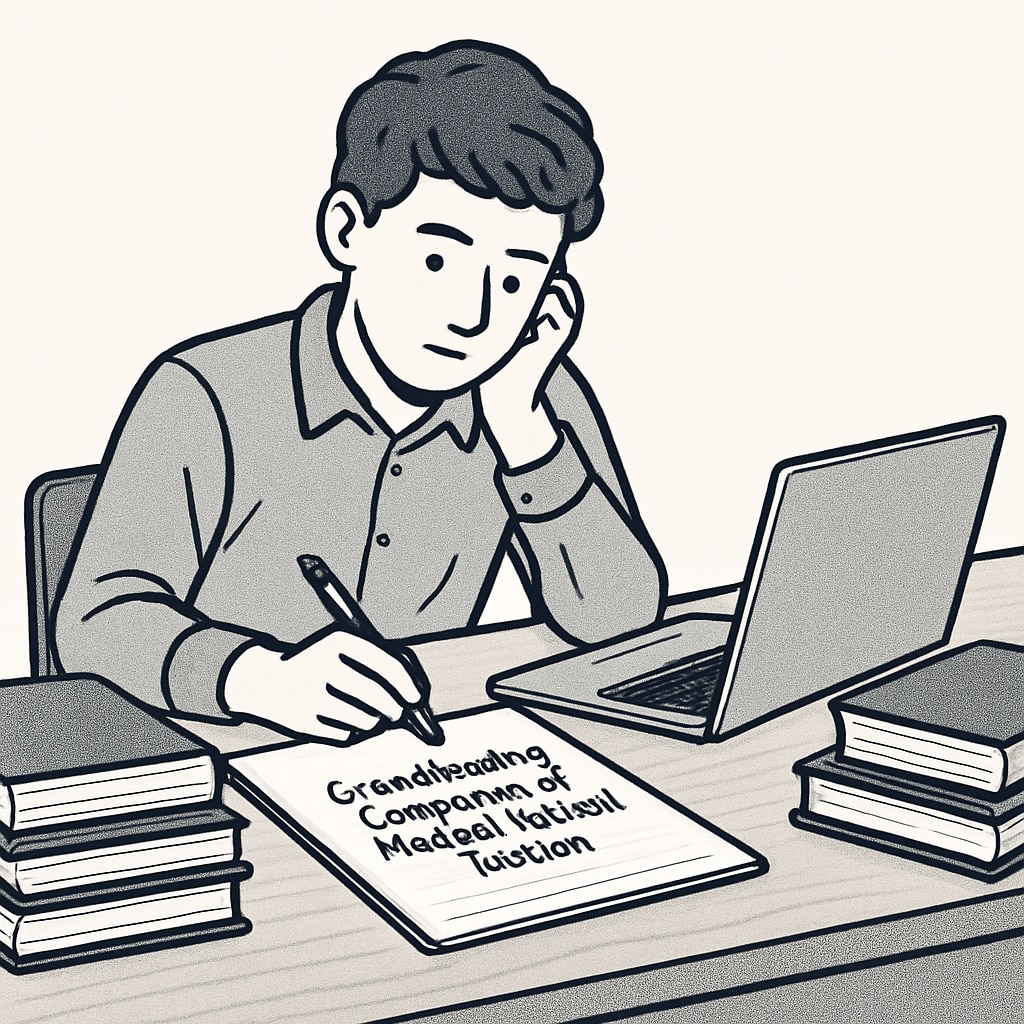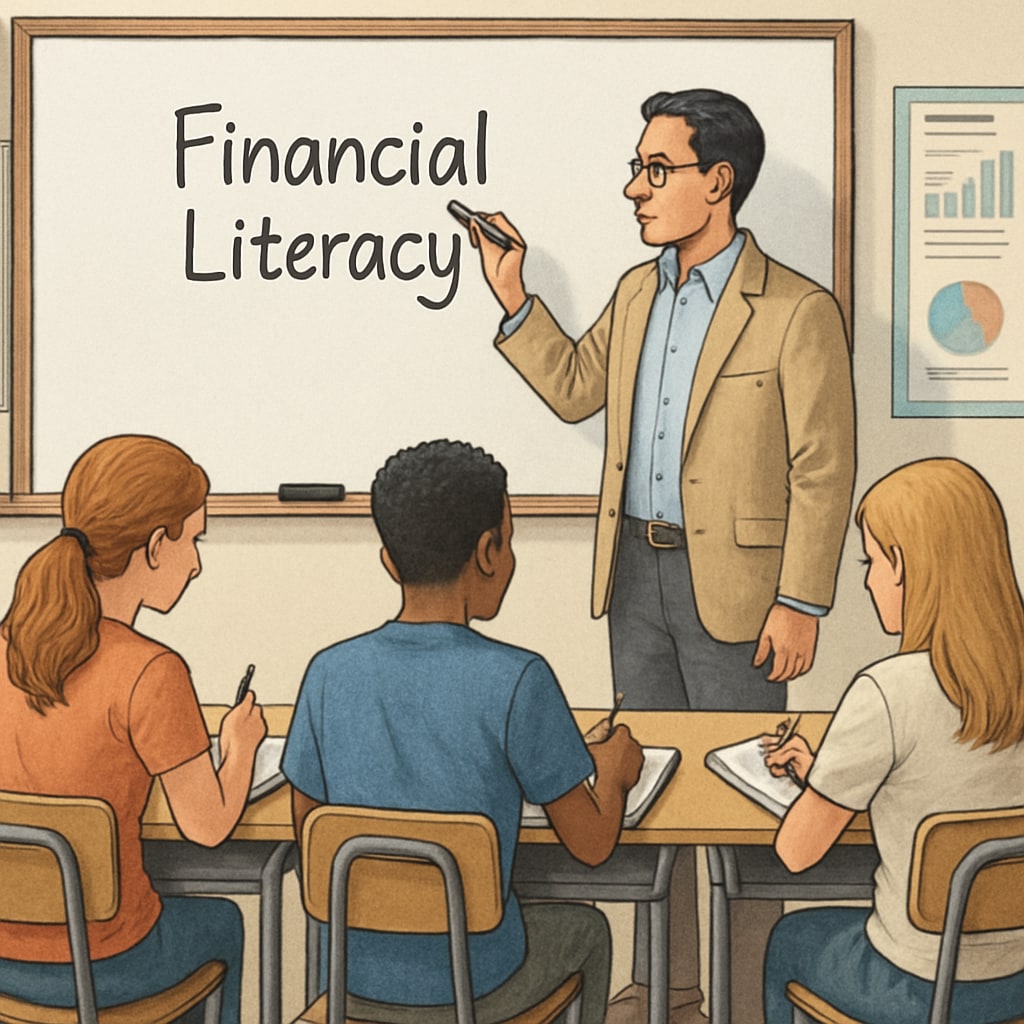For many aspiring medical school students, the path to achieving their dreams is fraught with challenges, particularly financial ones. Crowdfunding platforms like GoFundMe have become a popular lifeline for those grappling with tuition struggles, offering a way to bridge the gap between ambition and affordability. This raises important questions about how the K12 education system prepares students for the financial realities of higher education and whether reforms in financial literacy education could play a pivotal role in alleviating these challenges.

The Financial Gap in Higher Education: A Persistent Issue
The cost of higher education continues to soar, leaving many students unable to afford tuition without taking on substantial debt. Medical school, in particular, is known for its high expenses, often requiring students to pay tens of thousands of dollars annually. For students from low-income backgrounds, scholarships and federal aid may not be enough, forcing them to seek alternative methods such as crowdfunding. Platforms like GoFundMe provide an opportunity to share personal stories and request financial assistance from friends, family, and even strangers.
However, relying on crowdfunding is a reactive solution and highlights a deeper systemic issue. K12 education systems often fail to provide students with adequate financial literacy, leaving them unprepared to plan for the high costs of college or medical school. In addition, unequal access to resources exacerbates the problem, with students from disadvantaged communities facing a steeper uphill climb.
Reforming K12 Education: The Role of Financial Literacy
One way to address tuition struggles is by reforming K12 education to include mandatory financial literacy programs. These programs could teach students essential skills such as budgeting, investing, and understanding student loan terms. By equipping students with these tools early on, they could make more informed decisions about their educational paths and financial strategies.
- Budgeting: Students should learn how to create and manage a budget, accounting for tuition, living expenses, and other costs.
- Understanding Loans: Clear guidance on how student loans work, including interest rates and repayment options, can prevent future financial woes.
- Exploring Scholarships: Students should be educated on how to research and apply for scholarships effectively.
Countries like Canada and Finland have already integrated financial literacy into their curriculum, with promising results. By adopting similar strategies in the U.S., students could graduate high school with a stronger foundation to navigate the financial demands of higher education.

Creating Equity in Education Funding
While financial literacy is crucial, it’s not the sole solution to tuition struggles. Systemic inequality in access to funding must also be addressed. Current scholarship systems often favor students with high academic achievements, leaving those who may excel in other areas at a disadvantage. Efforts should be made to create more inclusive funding opportunities that consider a variety of talents and circumstances.
Additionally, governments and institutions could work together to expand access to grants and lower tuition costs. For example, Germany offers free tuition at public universities, allowing students to focus on their studies without the burden of debt. Exploring similar solutions in other countries could significantly reduce the need for crowdfunding and loans.
Balancing Dreams and Reality
For aspiring medical students facing tuition struggles, platforms like GoFundMe can provide temporary relief, but they are not a long-term solution. More emphasis must be placed on reforming K12 education and addressing systemic inequality to create a future where students can pursue their dreams without financial barriers. These changes, combined with strengthened financial literacy education, can empower students to balance their aspirations with practical financial planning.
As the conversation around education reform continues, it’s vital to remember that every student deserves the opportunity to pursue their ambitions without being held back by the weight of tuition costs. The journey to medical school should be defined by determination and talent, not by financial hardship.
Readability guidance: This article uses concise paragraphs, lists, and clear transitions to enhance readability. The focus remains on actionable solutions, using external examples and data to support the arguments.


